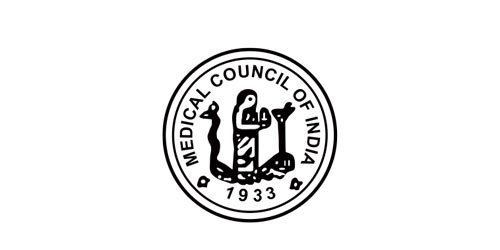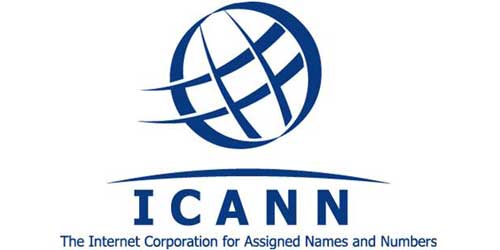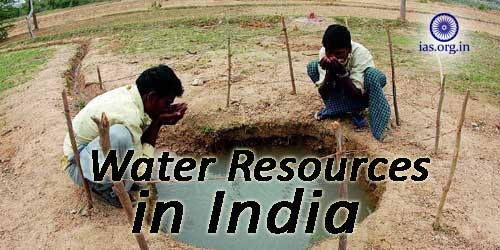Recently, the Supreme Court, while endorsing a report of the Parliamentary Standing Committee, has set up a three-member committee, headed by the former Chief Justice of India RM Lodha to oversee and supervise the functioning of the MCI (Medical Council of India) for at least one year. The report of the Standing Committee has stated that medical education and profession is at lowest ebb in the country and suffering from total failure of the system because of corruption and decay.
To do so the Supreme Court of India has exercised its extraordinary powers under Article 142 of the Constitution of India that empowers the Supreme Court to pass such “decree or order as may be necessary for doing complete justice between the parties”.
Background of the Decree
The Supreme Court had no other way left than to take this decision as the Union Government had not responded, or rather acted as it should have been, on the report or the Parliament Standing Committee on Health and Family Welfare. On March 8, 2016 the committee’s report on the ‘functioning of the Medical Council of India’ was tabled in the Parliament.
Must Read: Real Estate Regulatory Act, (RERA) Comes Into Force
What the Three Member Committee will Do
As per the decree of the Supreme Court, the Justice Lodha Committee is going to have the authority to supervise all statutory functions under the MCI Act. The approval of this Oversight Committee will be required by MCI in all its policy decisions.
The Committee has been made free to issue appropriate remedial directions. The Committee is going to function till the Central Government puts in place any other proper mechanism after due consideration and deliberation of its Export Committee Report.
What is MCI
The Medical Council of India (MCI) is a statutory body with the responsibility of setting up and maintaining high standards of medical education and recognition of medical qualifications in India. With an intention and in order to protect and encourage the health and safety of the public by assuring proper standards in the practice of medicine. The current President of MCI is Dr. Jayshreeben Mehta.
History of MCI
The MCI was first set-up in 1934, under the Indian Medical Council Act, 1933. The council was headed by the President of India and its functions were a Board of Governors. The current Board of Governors was notified on May 13, 2011.
Also Read: Defence Procurement Policy (DPP) 2016
Functions of the MCI
The principal functions of Medical Council of India involve:
- Recognition of medical qualification granted by medical institution in India.
- Accredition of medical colleges.
- Establishment and maintenance of uniform standards for undergraduate medical education.
- Regulation of postgraduate medical education in medical colleges accredited by it; the National Board of Examinations is another statutory body for postgraduate medical education in India.
- Registration of doctors with recognized medical qualifications.
- Keeping a directory of all registered doctors, this directory is called the Indian Medical Register.
It is important to note that registration of doctors and their qualifications is usually done by State medical councils.
Controversy Surrounding MCI
On 15 May, 2010, the President of India, following the arrest of MCI’s president Ketan Desai by the CBI on 22 April, 2010, dissolved the MCI. Mr. Ketan Desai, along with alleged middleman J.P. Singh and doctor Sukhwinder Singh and Kanwaljit Singh had been arrested and booked under the Prevention of Corruption Law.
The CBI recovered 1.5 kg of gold and 80 kg of silver from Desai’s premises. Not only this, gold worth Rs. 35 lakhs were recovered from Desai’s bank lockers in Ahmedabad.
Read Also: Water Resources in India






